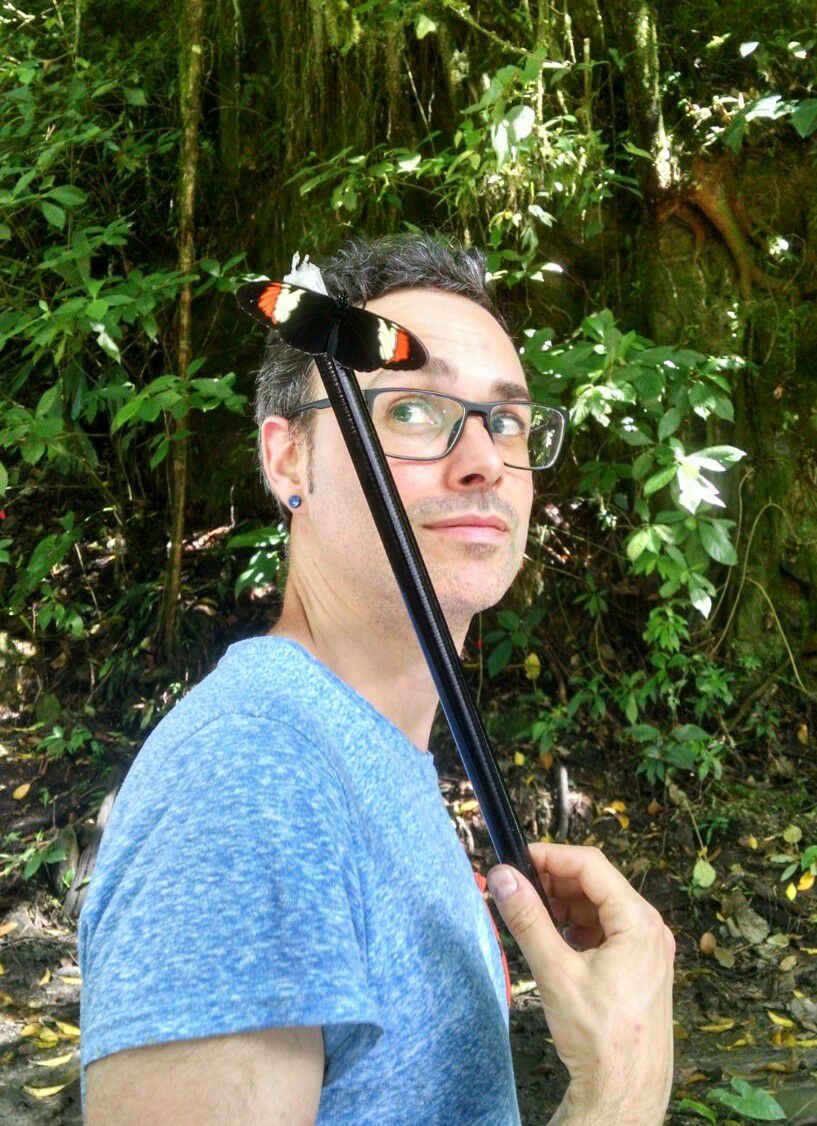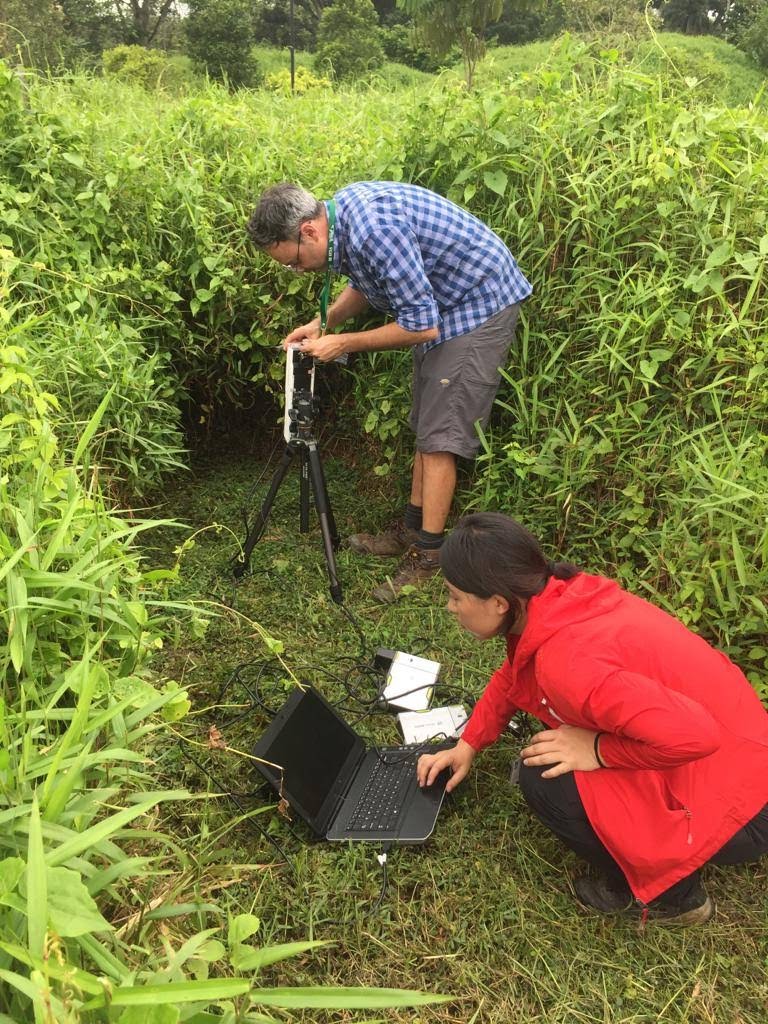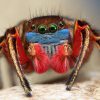Corral-Lopez A, Varg JE, Cano-Cobos YP*, Losada R*, Realpe E, Outomuro D. 2021. Field evidence for colour mimicry overshadowing morphological mimicry. Journal of Animal Ecology, early online.
Outomuro D, Urhan U, Brodin A, Johansson F. 2020. Preference for supernormal stimuli tends to override initially learned associations for conspicuous prey traits: implications from a laboratory study. Journal of Ethology 38: 365-371.
Outomuro D, Johansson F. 2019. Wing morphology and migration status, but not body size, habitat or Rapoport’s rule predict range size in North-American dragonflies (Odonata: Libellulidae). Ecography 42: 309-320.
Rivas-Torres A, Outomuro D, Lorenzo-Carballa MO, Cordero-Rivera A. 2019. The evolution and diversity of intra-male sperm translocation in Odonata: a unique behaviour in animals. Behavioral Ecology and Sociobiology 73: 54.
Outomuro D, Johansson F. 2017. A potential pitfall in studies of biological shape: does size matter? Journal of Animal Ecology 86: 1447-1457.
Sniegula S, Prus MA, Golab MJ, Outomuro D. 2017. Do males with higher mating success invest more in armaments? An across-populations study in damselflies. Ecological Entomology 42: 526-530.
Outomuro D, Söderquist L*, Johansson F, Ödeen A, Nordström K. 2017. The price of looking sexy: visual ecology of a three level predator-prey system. Functional Ecology 31: 707-718.
Outomuro D, Ángel-Giraldo P*, Corral-Lopez A, Realpe E. 2016a. Multi-trait aposematic signal in Batesian mimicry. Evolution 70: 1596-1608.
Outomuro D, Söderquist L*, Nilsson-Örtman V, Cortázar-Chinarro M*, Lundgren C*, Johansson F. 2016b. Antagonistic natural and sexual selection on wing shape in a scrambling damselfly. Evolution 70: 1582-1595.
Outomuro D, Johansson F. 2015. Bird predation selects for wing shape and coloration in a damselfly. Journal of Evolutionary Biology 28: 791-799.
Outomuro D, Söderquist L*, Rodríguez-Martínez S*, Johansson F. 2014a. A preliminary study on female-limited colour polymorphism in Lestes sponsa. International Journal of Odonatology 17: 89-93.
Outomuro D, Cordero Rivera A, Nava-Bolaños A, Córdoba-Aguilar A. 2014b. Does allometry of a sexually-selected ornamental trait vary with sexual selection intensity? A multispecies test in damselflies. Ecological Entomology 39: 399-403.
Outomuro D, Rodríguez-Martínez S*, Karlsson A*, Johansson F. 2014c. Male wing shape differs between condition-dependent alternative reproductive tactics in territorial damselflies. Animal Behaviour 91: 1-7.
Outomuro D, Dijkstra K-DB, Johansson F. 2013a. Habitat variation and wing coloration affect wing shape evolution in dragonflies. Journal of Evolutionary Biology 26: 1866-1874.
Outomuro D, Adams DC, Johansson F. 2013b. Wing shape allometry and aerodynamics in calopterygid damselflies: a comparative approach. BMC Evolutionary Biology 13: 118.
Outomuro D, Adams DC, Johansson F. 2013c. The evolution of wing shape in ornamented-winged damselflies (Calopterygidae, Odonata). Evolutionary Biology 40: 300-309.
Outomuro D, Cordero-Rivera A. 2012. Allometry of secondary, primary and non-sexual traits in the beautiful demoiselle (Calopteryx virgo). Canadian Journal of Zoology 90: 1094–1101.
Outomuro D, Bokma F, Johansson F. 2012. Hind wing shape evolves faster than front wing shape in Calopteryx damselflies. Evolutionary Biology 39: 116-125.
Outomuro D, Ocharan FJ. 2011a. The larval life history of Calopteryx virgo meridionalis Sélys, 1873 (Odonata: Calopterygidae) in northern Spain and the voltinism of the south-western European Calopteryx Leach, 1815. Entomologia Generalis 33: 125-135.
Outomuro D, Ocharan FJ. 2011b. Wing pigmentation in Calopteryx damselflies: a role in thermoregulation? Biological Journal of the Linnean Society 103: 36-44.
Outomuro D, Johansson F. 2011. The effects of latitude, body size, and sexual selection on wing shape in a damselfly. Biological Journal of the Linnean Society 102: 263-274.
Outomuro D, Torralba-Burrial A, Ocharan FJ. 2010. Distribution of the Iberian Calopteryx damselflies and its relation with bioclimatic belts: Evolutionary and biogeographic implications. Journal of Insect Science 10: 61.
Eroukhmanoff F, Outomuro D, Ocharan FJ, Svensson EI. 2009. Patterns of phenotypic divergence in wing covariance structure of calopterygid damselflies. Evolutionary Biology 36: 214-224.





